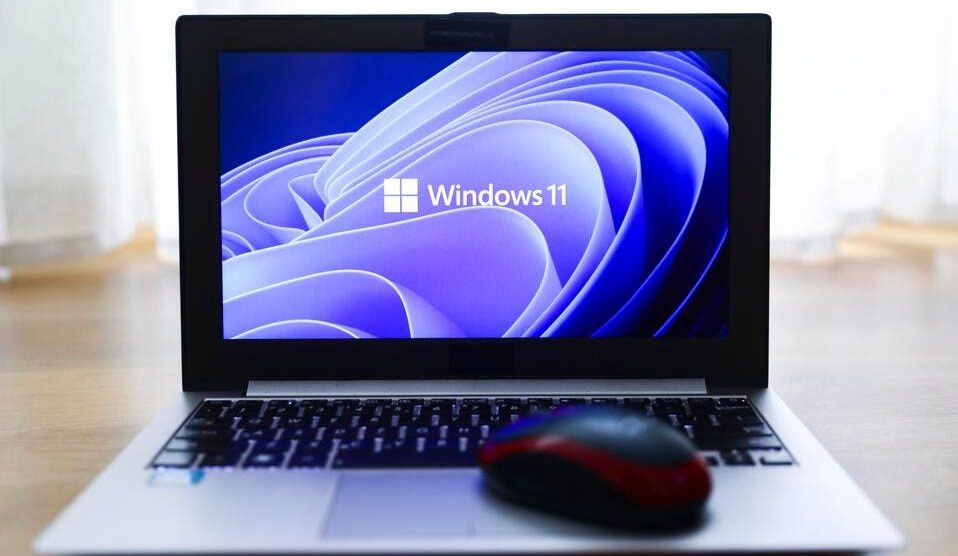Microsoft’s ongoing evolution of Windows 11 has introduced a monumental shift in security protocols—one that could redefine how you manage online accounts. The company’s decision to phase out traditional passwords in favor of advanced, modern alternatives is more than a technical update. It represents a broader commitment to improving security for millions of users worldwide. As cyber threats escalate and the vulnerability of passwords becomes more apparent, Microsoft’s new initiative underlines the urgent need to prioritize security and usability.

This bold move is driven by the increasing risks associated with passwords. Whether through phishing, brute force attacks, or data breaches, passwords remain a primary target for cybercriminals. By introducing a system that minimizes reliance on them, Microsoft aims to enhance security and streamline user experiences.
A Clear Break from the Past
Microsoft’s announcement has drawn significant attention not only because of its impact on user habits but also due to its technological implications. Passwords, once seen as the cornerstone of digital security, have become a weak link in modern times. The rise of sophisticated attacks means that even the most complex passwords are no longer enough to guarantee safety.
Windows 11 is now pivoting to embrace alternatives such as biometrics, hardware-based security keys, and multi-factor authentication methods. This transformation isn’t just about replacing passwords with better tools but also about building a new framework that integrates seamlessly into existing systems.
Understanding the Security Risks of Passwords
Passwords have long been considered an essential layer of security, but their effectiveness has diminished over time. The reasons for this decline are rooted in both user behavior and advancements in hacking techniques.
Users frequently recycle passwords across multiple accounts, creating vulnerabilities that hackers exploit. Once a single password is compromised, it can unlock access to several other accounts. Moreover, the reliance on predictable patterns—such as using birthdays, names, or common phrases—makes it easier for attackers to guess passwords.
Data breaches have also contributed to the problem. Massive leaks from high-profile organizations have exposed millions of credentials, leaving individuals vulnerable to subsequent attacks. These incidents have revealed the inherent weaknesses of passwords as a primary defense mechanism.
By addressing these challenges, Microsoft is aligning Windows 11 with emerging security trends. This proactive approach reflects the company’s recognition of passwords as an outdated and increasingly insecure solution.
The Technology Behind the Transition
The shift away from passwords in Windows 11 is powered by advanced technologies designed to enhance both security and convenience. These innovations include:
- Biometric Authentication – Features such as Windows Hello leverage facial recognition, fingerprint scanning, and iris detection to provide a secure and seamless login experience. Biometrics are unique to each individual, making them far more secure than traditional passwords.2.
- Hardware Security Keys – These physical devices act as a second layer of security, requiring users to insert or tap a key during authentication. This method reduces the risks associated with remote attacks and phishing attempts.3.
- Multi-Factor Authentication (MFA) – By combining something you know (a PIN) with something you have (a hardware key) or something you are (biometrics), MFA significantly increases security.4.
- Cloud-Backed Credential Storage – Encrypted credentials stored in the cloud ensure that sensitive data is protected even if a device is compromised.
This combination of technologies represents a holistic approach to authentication, prioritizing both security and usability.
Practical Implications for Users
For millions of users, the transition to a passwordless system will require adjustments. However, Microsoft has designed this shift to be as intuitive as possible, ensuring a smooth transition.
When using Windows 11, you’ll notice a streamlined login process that eliminates the need to remember complex passwords. Instead, you’ll rely on biometrics or hardware keys, both of which are faster and more secure. This change also reduces the risks associated with password recovery processes, which are often targeted by attackers.
For businesses, the benefits are equally compelling. Passwordless authentication minimizes the risks of internal and external breaches while reducing the administrative burden of password management. IT teams will spend less time resetting forgotten passwords, allowing them to focus on higher-priority tasks.
Comparative Table of Password vs. Passwordless Systems
The table below highlights the key differences between traditional password systems and the new passwordless approach introduced by Windows 11:
| Aspect | Traditional Passwords | Passwordless Systems |
|---|---|---|
| Security | Vulnerable to breaches and phishing attacks | Resistant to most modern attack vectors |
| User Experience | Requires memorization and frequent updates | Faster and more intuitive |
| Administrative Overhead | High, due to password resets and support | Low, with reduced support requirements |
| Vulnerability to Reuse | High, due to user habits | Eliminated through unique credentials |
Addressing Concerns and Misconceptions
While the benefits of a passwordless system are clear, it’s natural for users to have concerns about this change. Some may worry about the reliability of biometric systems or the potential loss of a hardware security key. Microsoft has anticipated these concerns and implemented safeguards to address them.
For instance, Windows 11 allows users to set up multiple authentication methods, ensuring that they are not locked out if one method becomes unavailable. In addition, all biometric data is encrypted and stored locally on the device, minimizing privacy risks.
Broader Implications for the Tech Industry
Microsoft’s decision to eliminate passwords in Windows 11 could influence other technology companies to follow suit. As one of the most widely used operating systems globally, Windows often sets the standard for industry practices.
By prioritizing passwordless authentication, Microsoft is signaling a shift in how security is perceived and implemented. This move could encourage other organizations to adopt similar measures, leading to a broader transformation in digital security practices.
Future Prospects
As Microsoft continues to refine Windows 11, the passwordless system will likely evolve further. Upcoming updates could include additional authentication methods, improved integration with third-party services, and enhanced support for businesses.
The ultimate goal is to create a digital environment where security is robust yet unobtrusive. By eliminating the weaknesses of passwords, Microsoft is paving the way for a safer and more efficient future.
Microsoft’s introduction of passwordless authentication in Windows 11 is a significant step forward in digital security. By addressing the inherent flaws of passwords, this update not only enhances protection but also improves user experiences.
For you, this means a more secure and convenient way to interact with your devices and online accounts. As this technology becomes more widespread, it will likely set a new standard for authentication, reshaping the way you think about digital security. Microsoft’s innovative approach serves as a reminder that progress often involves letting go of outdated practices to embrace solutions that better meet the challenges of today.










Add Comment